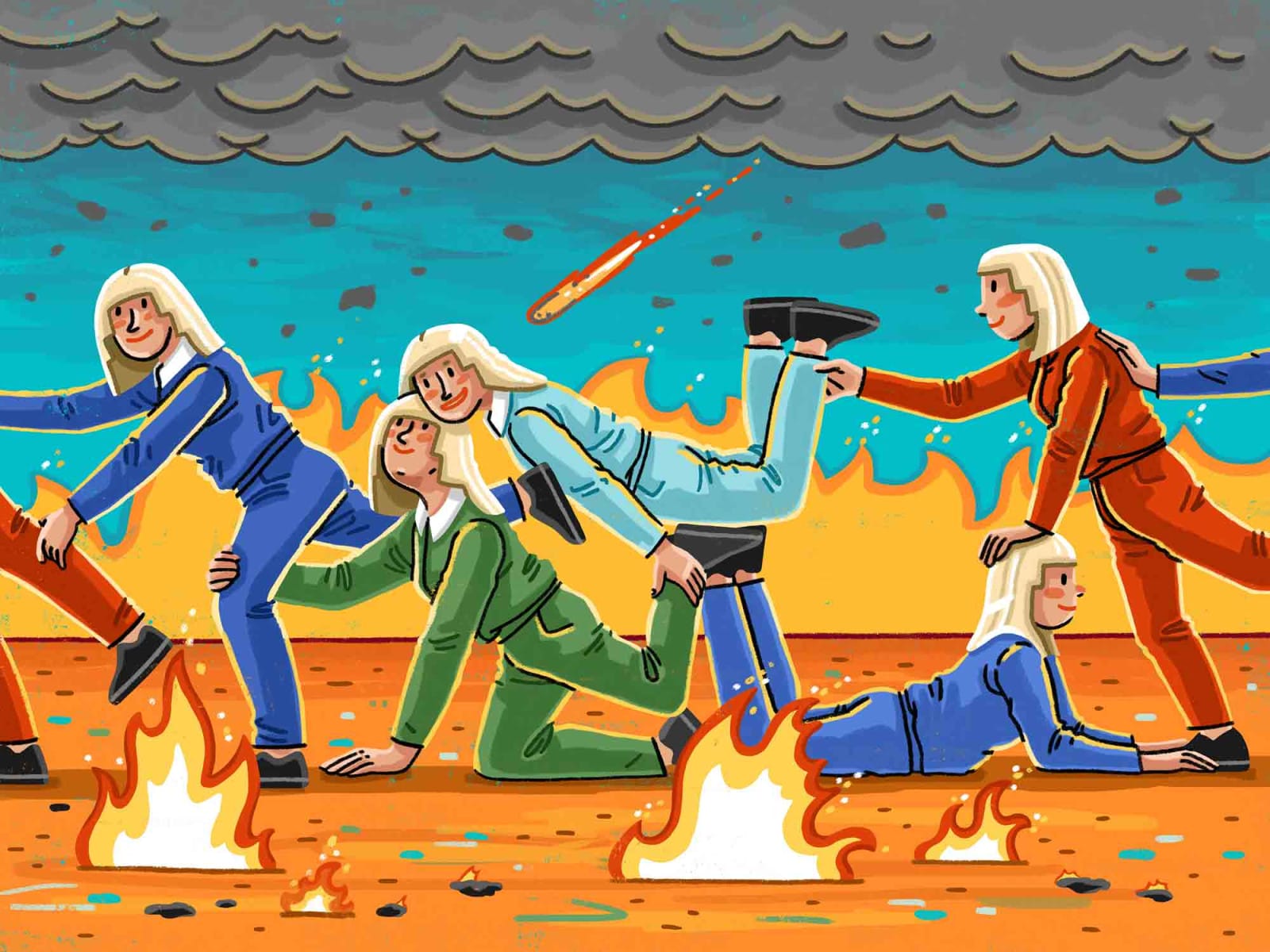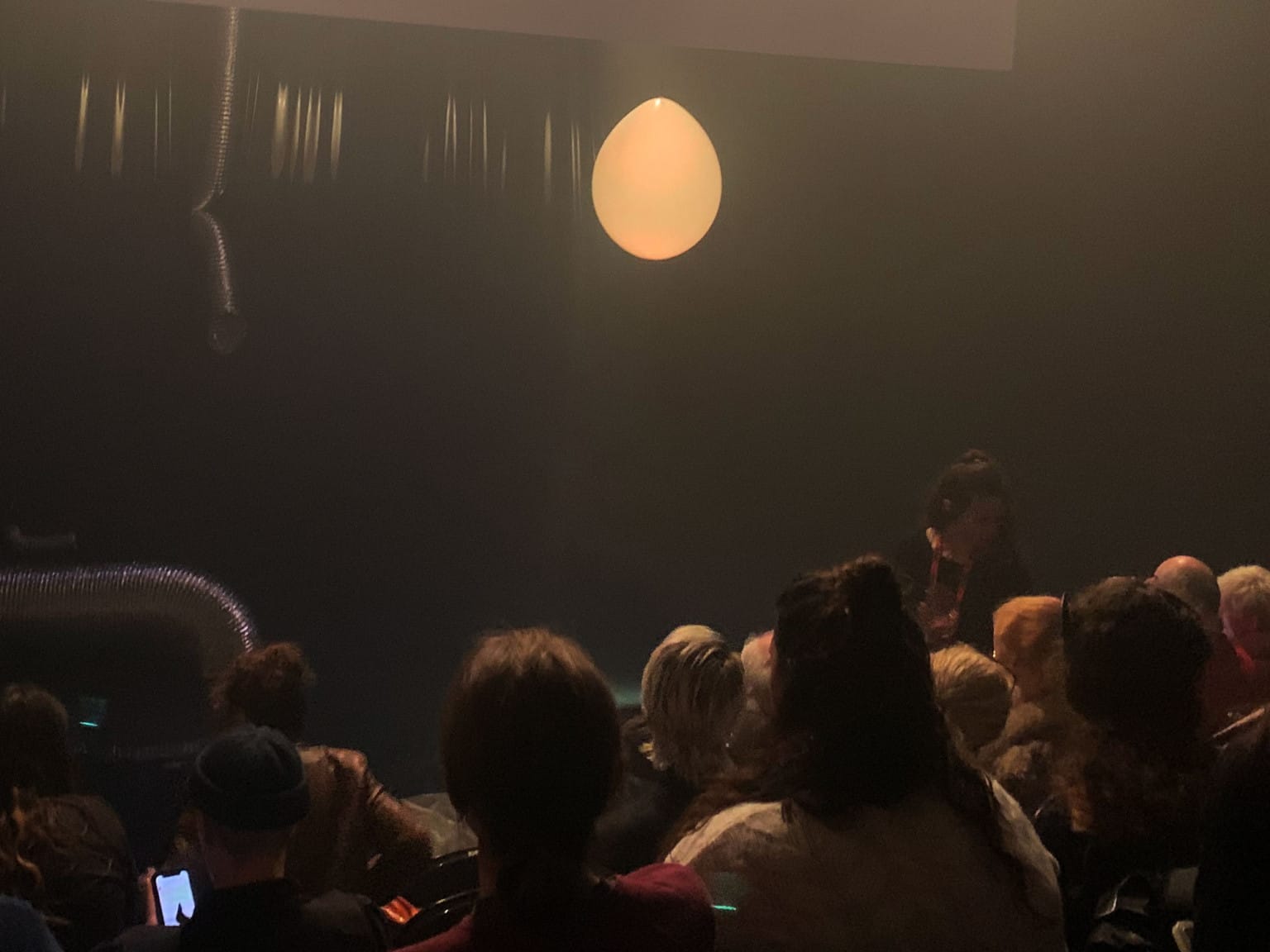March’s Cog Night took us to Battersea Arts Centre to see Figs in Wigs perform Big Finish.
Lily gives us her thoughts.
Our studio is filled with light and music.
There are multiple meeting rooms, a well stocked kitchen, and an indoor garden (with fishpond). Talk to us about access needs, environmental factors and any accommodations we might make to enhance your visit. Pop-in for tea and stay to use a spare desk for as long as you need.
11 Greenwich Centre Business Park,
53 Norman Road, Greenwich
London SE10 9QF
We’re next to Greenwich train and DLR station. We have a door right on the concourse but it’s different to our postal address. Find us via: what3words.com/hungry.means.author
This video shows the route to take from the train that will arrive at Greenwich rail station from London Bridge. There's a gentle slope next to the staircase.
If you have to come by car, we have a couple of parking spaces. We have a charging point that you are welcome to use if you have an electric car. Call ahead and we'll make sure the spaces are free. Use our postcode (SE10 9QF) to guide you in.
We’d love to hear from you. Use whichever medium works best for you.
11 Greenwich Centre Business Park,
53 Norman Road, Greenwich
London SE10 9QF
It's exciting to chat about potential new projects. We don't have a ‘sales’ team or a form to fill in. Call us or give us a little detail via email and we'll get straight back to you.
[email protected]If you're a client then you'll be best served by calling us or contacting us via ClickUp, otherwise you can use this dedicated email that reaches all of the digital team.
[email protected]This email hits the inboxes of the people who deal with our bookkeeping and finances.
[email protected]
March’s Cog Night took us to Battersea Arts Centre to see Figs in Wigs perform Big Finish.
Lily gives us her thoughts.
I’d not been to Battersea Arts Centre before, and neither had I seen a Figs in Wigs production. I’d heard great things about both, so I’d been looking forward to it since booking.
We made our way to the theatre after work, navigating our way across South London and around train cancellations during rush hour.
 Nazma and Lottie on the train to BAC.
Nazma and Lottie on the train to BAC.
 More of the Cog team on their way to see Figs in Wigs.
More of the Cog team on their way to see Figs in Wigs.
All travel stress was forgotten as I stepped into the building. I was aware of its history and I couldn’t help but feel a sense of respect for a space that began as a town hall, transformed into a community arts centre and not that long ago survived a major fire.
 Some of the Cog team assembled outside of BAC.
Some of the Cog team assembled outside of BAC.
 Lily and Lottie on their way in.
Lily and Lottie on their way in.
Arrived, we gathered in the BAC bar for pre-show drink. The beer taps were spewing froth, so we settled for cans. This set a tone of amusing disorder, foreshadowing scenes (and an actual foam machine) we’d witness later on stage.
 Pre-show drink in the BAC bar.
Pre-show drink in the BAC bar.
Refreshed, we made our way up the grand set of stairs and filed into the Council Chamber – a room with tiered seating made up of individual metal folding chairs that reminded me a bit of the kind you’d find in a village hall.
Soft choral music and smoke filled the space. A large balloon giving off a gentle yellowy-orange glow hung suspended from the stage ceiling. A large silver pipe lay snaked across the stage floor.
 Nazma and Justin settled in for the show.
Nazma and Justin settled in for the show.
 Pre-show stage set up.
Pre-show stage set up.
The words “Chapter Zero” projected above the stage signalled the beginning. The audience laughed. The pipe that had laid motionless since we’d entered the room began to move, writhing across the floor. The sound of a narrator announced that it was an AI conglomeration of all five members of Figs in Wigs’ voices. Minutes into the show I was already captivated.
What followed was a series of bizarre chapters, zig-zagging their way towards the ‘Big Finish’; Golf-playing lizards raking through piles of sand to collect cash; crabs in puffer jackets exquisitely dancing in sync; string-playing musicians propped up on ‘chair-less chairs’ courageously playing ‘My Heart Will Go On’ to a sinking ship.
Each chapter was uniquely absurd. Costumes, soundtracks and props were used to create separate self-contained worlds. Clear themes connected the chapters, despite there being no coherent plot to join them. Beginnings, endings, the cyclical nature of time. Sacrifice, embarrassment, and the bleak state of the arts.
Each chapter was played out until its absolute end, the Figs performing repetitive actions past the threshold of what felt comfortable. They did so with ruthless conviction. I found myself making comparisons to the commitment often needed from those working the the arts. Refreshingly self aware, the Figs referenced the fact that most of their audience are artists themselves – a truth that allowed for a show heavily reliant on art world in-jokes to fill the room with knowing laughter.
 Figs in Wigs in foam.
Figs in Wigs in foam.
I can see how Figs in Wigs’ chaotic fever dream of a performance may not be for everyone. During FOMO, a chapter which focused exclusively on foam slowly seeping from a pipe into a pile on the stage, three audience members left. Sadly, those who left missed out on the sheer joy that came later, as we watched the Figs rapturously crashing their way through the foam to the soundtrack of Dido’s ‘White Flag’.
 Figs in Wigs in conversation.
Figs in Wigs in conversation.
Whilst implied, it’s uncertain if this will be Figs in Wigs’ last production. During a faux Q&A section towards the end of Big Finish (which began with a hilarious subversion of the usual format, with the Figs calling on the audience to answer arts-council-funding-esque questions via the show of hands) it was revealed that they could only afford to pay one Fig per performance. A shocking (but perhaps not surprising) reality that encapsulated a key theme running through ‘Big Finish’: The approaching death of theatre. Grim as that is, it’s also encouraging that they continue to perform regardless, and are willing to take the sacrifice for the sake of their art.
What is certain though, is that I’ll be booking tickets to see them if they do. I laughed throughout, was in awe of the physicality of their performance, and was bewitched by the surreal costumes and props. Weeks on and I’m still trying to make sense of it all.
The themes explored were heavy and pertinent, but the show at no point felt preachy. Instead, humour and chaos were used to translate our predicament (and impending doom) in a joyous and engaging way. If everything’s already ruined, why not have a laugh as we watch the end approach?
![]()
Elly Walton created our illustration, see more work on their website.